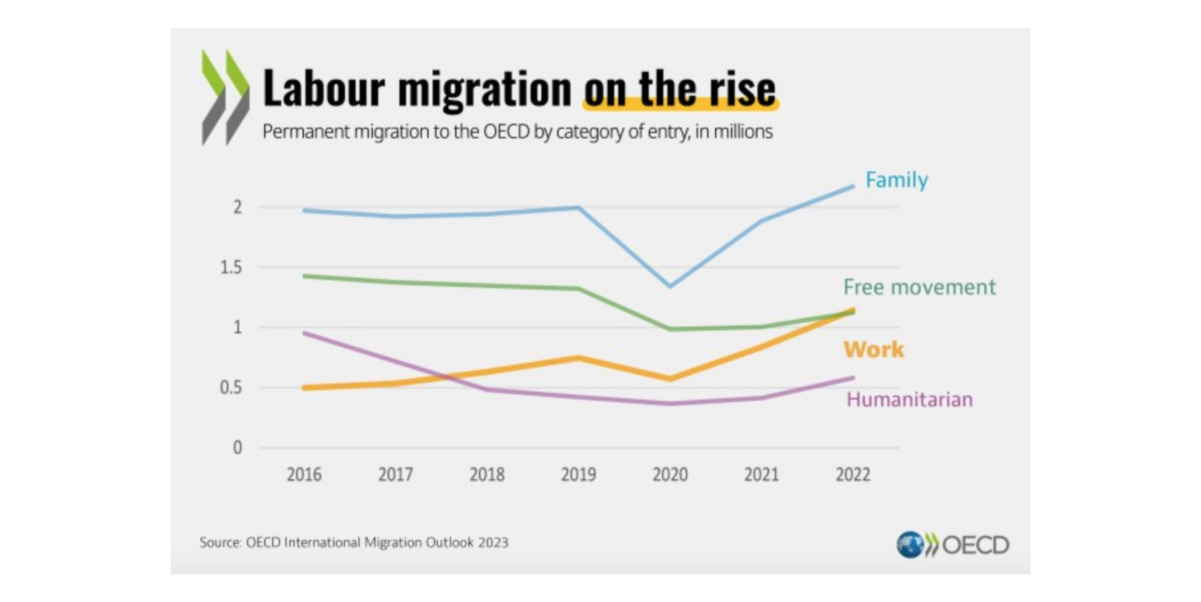The shifting landscape of family forms around the world
Living arrangements have changed over the past five decades, leading to a decline of the extended family, growth of the nuclear family and, more recently, the appearance of living alone ... Read more
Decriminalization of homosexuality since the 18th century
More and more people live in countries that have decriminalized homosexual relations, from 11% of the global population in the late 18th century to 79% in the early 21st century. ... Read more
Religion and fertility in Finland
The link between religion and fertility has long interested demographers. While relevant data with the necessary extent and detail are rarely available, Finland, is an exception, as information on religious ... Read more
COVID-19 exacerbated inequalities in life expectancy in Denmark
Social inequalities in mortality expanded during the COVID-19 pandemic in Denmark. Cosmo Strozza, Serena Vigezzi, Julia Callaway, and José Manuel Aburto quantified life expectancy changes in 2020 and 2021 and ... Read more
Global household trends: converging sizes, divergent structures
Household structures reflect and affect social, economic, and demographic dynamics. Albert Esteve and Maria Pohl use the new CORESIDENCE database to explore the transformation of households over the last five ... Read more
Low mortality drives population ageing in the long run
Higher survival, not low fertility, is the main long-term driver of population ageing. Adding some new elements to an old debate among demographers, Gustavo De Santis and Giambattista Salinari illustrate ... Read more
Did you know?
Permanent migration to OECD countries reached 6.1 million in 2022, a 26% increase compared with 2021, and its highest level since at least 2005. Rising labour migration was one contributing factor, as migrant workers have helped lower labour and skills shortages in OECD countries.
About N-IUSSP
N-IUSSP is a new IUSSP news magazine, which will disseminate scientific findings from demographic research carried out all over the world. The practical implications of current trends, the risks and potentialities of emerging situations, the pros and cons of specific laws are discussed in rigorous but plain language.
You are invited to contribute to this new publication: please check our guidelines and submit your 1000 word contribution to contact@niussp.org





